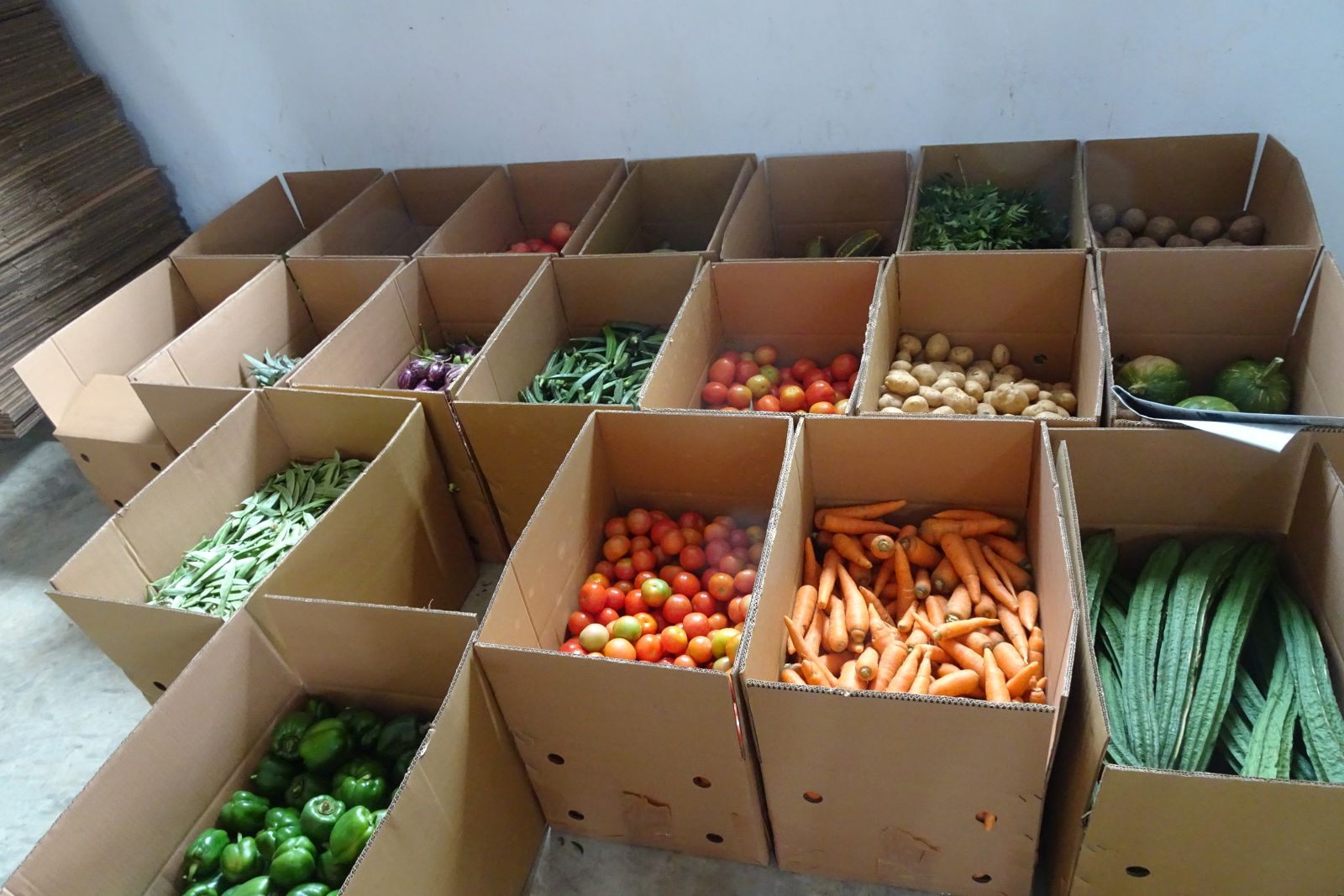Food security
Dangerous food

Aflatoxins are poisons naturally produced by mould. They develop when food is not harvested or stored in the right manner. They are odourless, colourless and flavourless and commonly found in maize and beans, but also in nuts, cereals and derived products, dairy products, poultry, dried fruits, spices, unrefined vegetable oils and cocoa beans. Humans should try to avoid aflatoxins.
Abdullai Bamunu, a trader at the grains market of Tamale in Northern Ghana, is separating bad maize from good one. She explains: “If there are bad grains, customers won’t buy it, because they are not good for our health. So I always have to sort them out first.” Bamunu has been selling grain all her life. Now, she often runs out of it due to mould infection.
Scientists say that grains infested with mould can cause cancer, damage the liver and the immune system. Other known effects include weight loss. Aflatoxins can also cause stunting growth among children, nutritionists say. Richard Oteng-Frimpong, a research scientist with the Savanah Agriculture Research Institute, explains that in the past two to three years, several studies showed that aflatoxins were very widespread in Ghana, including in supermarket products. “We have taken samples from these places and analysed them. We have seen that they contained unacceptable levels of aflatoxins,” he says.
Aflatoxins effect millions of people in developing countries. Ghana is now educating farmers and processors to reduce the menace. The Food and Drug Authority is one of the organisations leading the campaign. Northern Regional director Martin Kusi explains: “When you come to this part of the country, most farmers and traders don’t observe good practices.” A lot of farmers store their harvest in poorly shielded and ventilated barns.
That makes the products susceptible to aflatoxins contamination. “That is why public education is very necessary to make sure that the products are harvested well, transported well, stored well and processed in a way to avoid the emergence of aflatoxins,” Kusi adds. This means, the grains must be protected from moisture, and farmers and producers need an adequate number of silo and dry warehouse facilities.
Madina Issahaku is preparing a meal called Tuo Zaafi or TZ for short. TZ is a popular corn meal for people of northern Ghana. Corn is the main staple crop cultivated by the majority of Ghanaian farmers for decades. But Issahaku, unlike many Ghanaians, knows little about aflatoxins. “But I am worried. So when I buy my cereals, I check them out carefully.”
Eating staples infested with mould is not the only source of health problems, Oteng-Frimpong stresses: “When animals eat contaminated food, they can get infested. And when you eat their meat, you are also at risk to get affected.”
Maxwell Suuk is a journalist in Northern Ghana.
suuk.max@gmail.com











